Focaccia pizza is basically focaccia bread but with pizza toppings on it. It works really well and makes for a welcome change from regular pizza.
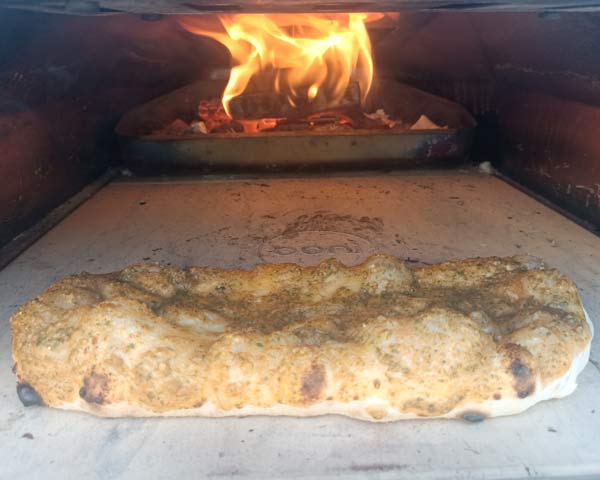
I particularly enjoy focaccia pizza in the winter as it makes for a hearty meal. Although to be fair, it’s delicious any time of year!
As a plus, most people probably won’t have tried it before so it’s a great option for pizza parties. You can impress your guests with something unique.
Keep reading this article to find out more about foaccia pizza. Alternatively, use the page contents below to skip ahead. Also, you can press the green button at the top right of the screen to come back to the page contents at any time.
I guess it’s a good idea to start out by explaining what focaccia is. Basically, it’s an Italian bread which is traditionally cooked in a wood fired oven, just like pizza.
Focaccia is shaped much differently to pizza and traditionally, it is topped with just olive oil, and maybe some rosemary. As a result of the shaping, the finished product is thicker than a pizza, with a soft interior and a crispy base.
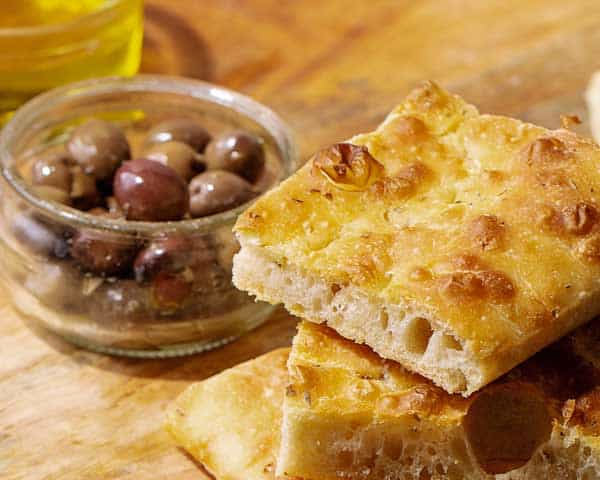
Focaccia also contains yeast, just like pizza. This means that it’s not flatbread, since that is made without yeast. The yeast is a crucial ingredient to both focaccia and pizza as it creates the rise which makes it light and airy.

If we’re getting technical, dough made with yeast is known as leavened dough. On the other hand, dough that is made without yeast (often called flatbread) is known as unleavened dough.
Although focaccia and pizza are both Italian, it’s unclear where focaccia pizza came from. Having said that, there are some traditional Italian pizzas which could be called focaccia pizza.
In Rome, there are shops (like takeaways) that sell pizza known as “Pizza al Taglio”, which translates to “pizza by the slice”. The “pizza” is shaped in a similar way to focaccia (not round like pizza) and once cooked it’s cut into slices which are sold individually. It’s a bit like a bakery except you can buy a slice of pizza to go, instead of a croissant.
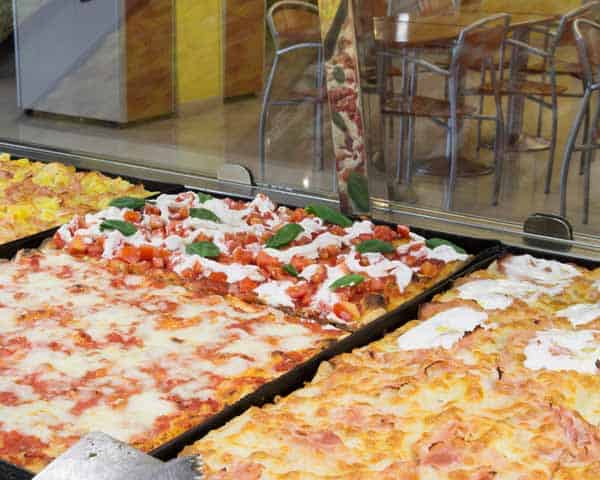
The most traditional of these Roman pizzas is called “pizza bianca”, which translates to “white pizza”. Pizza bianca is just the shaped pizza (like focaccia) topped with olive oil and salt, and maybe some herbs. In my eyes, it’s essentially a slice of focaccia!
Aside from pizza bianca, they also use a wide range toppings on their other pizzas. It’s not uncommon to see “Pizza al Taglio” with toppings that resemble regular pizza toppings, such as mozzarella and tomatoes.
In my view, the Roman pizza by the slice is for all intents and purposes, the same as what we would call “focaccia pizza”.
Sicilian pizza, or “sfincione” in Italian, is very similar to focaccia. In fact, it could even be seen as “focaccia pizza”. It’s shaped in a similar way to focaccia but it then has a wide range of toppings added.
The most traditional version of this pizza features anchovies, sliced tuma (Sicilian cheese made from raw sheep’s milk), breadcrumbs, pecorino cheese, onions, salt, and extra-virgin olive oil.* However, these days the anchovies are usually omitted. Often, the pizza can just feature tomato sauce and herbs.
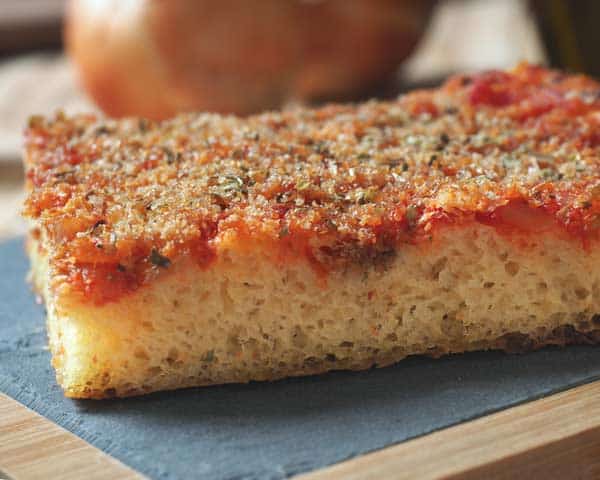
Today, the pizza is mostly seen as Sicilian street food but originally, the pizza was considered a “gourmet” dish. In fact, it was widely consumed at Christmas, well before panettone came along.*
For me, this is further proof of what a great winter dish focaccia pizza is. If the Italians were eating something very similar a long time ago, then it’s good enough for me!
Focaccia Margherita is essentially focaccia with Margherita pizza toppings. Although it’s not a traditional Italian dish, it is delicious, and for many people, it’s a marriage made in heaven!
Simply shape your focaccia pizza and add tomato, mozzarella, maybe some parmesan, fresh basil, and a drizzle of extra virgin olive oil. The classic Margherita toppings really do take some beating.
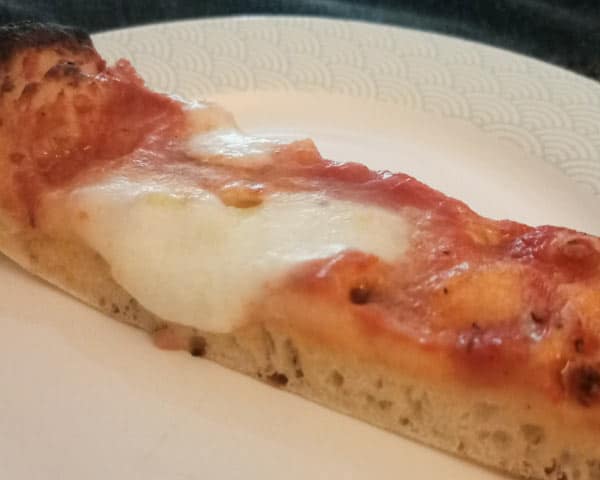
Having said that, I enjoy experimenting with focaccia pizza. Some of my favourites so far have been pesto focaccia pizza and Bolognese focaccia pizza. I have found these to be especially enjoyable in the winter as a more hearty alternative to pizza.
It’s also delicious as a more Sicilian inspired version, with tomato sauce, pecorino cheese, oregano, onions, and extra virgin olive oil.
Of course, it’s entirely up to you to experiment. Maybe start off with Focaccia Margherita and then move onto some other toppings?
Traditionally, focaccia dough is a wetter dough (higher hydration) than pizza dough. However, focaccia can still be made from regular pizza dough.
Higher hydration dough tends to make focaccia lighter and more airy. But that doesn’t mean that you can’t make excellent focaccia with your normal pizza dough.
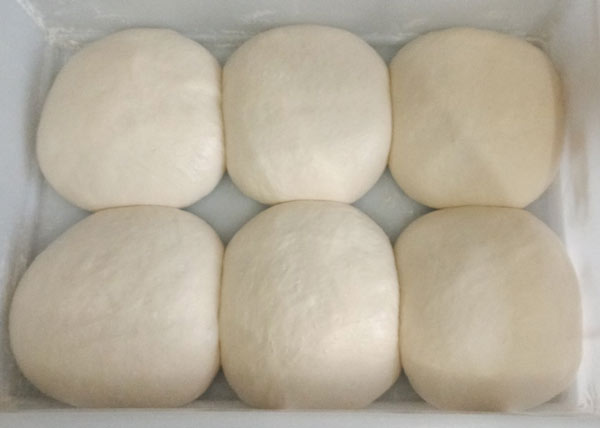
If you’re using a pizza oven then you should be able to get plenty of air in the dough anyway, since the heat helps with this. In a regular home oven, a more hydrated dough would probably help more but it’s not necessary.
Also, we’re trying to make focaccia pizza, not traditional focaccia. If the end result isn’t quite as airy as focaccia that’s OK, what we’re aming for is a hybrid of focaccia and pizza anyway.
The great thing about making focaccia from pizza dough is that you don’t have to make 2 different doughs. Also, you can use leftover pizza dough to make focaccia another time.
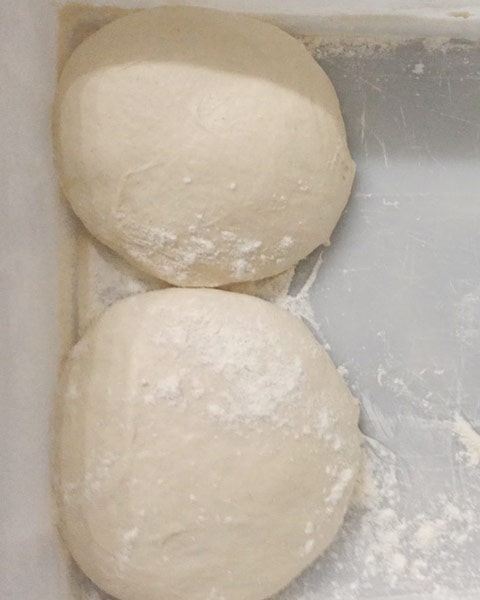
The beauty of this is that it doesn’t create any extra work. You don’t even have to make extra dough, you can just use some of your pizza dough for focaccia and have less pizza. Unless you want to be greedy, of course, and I wouldn’t blame you!
If you’re having a pizza party, I can assure you that this will go down a treat. Many people won’t have tried focaccia pizza before and I bet they’ll be impressed, and in love (with the focaccia, of course)!
One of the keys to making great focaccia lie in the shaping. It is actually fairly straight forward but it does still require some technique.
Arguably the main difference with focaccia shaping is the indentations that are made in the dough. This can be seen in the finished product, as there are “bumps” all over the surface of the focaccia.
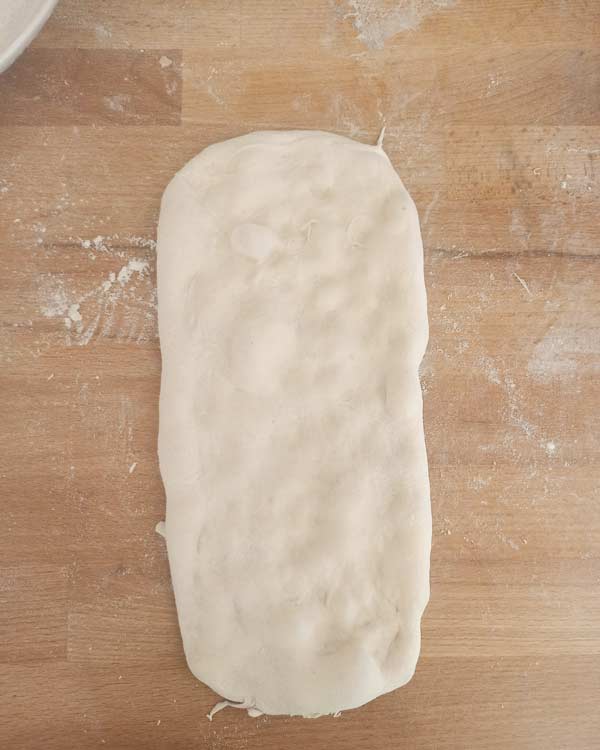
These indentations are created by pressing the dough with the tips of the fingers, once it has been stretched into shape. The main purpose of this is to prevent bubbles from forming as the focacia is cooking.
Focaccia cooks beautifully in a pizza oven, you can get an airy dough with a crispy base. You also get some wonderful charring on top which for me, adds another dimension to the texture and flavour.
Personally, I like to make focaccia as my pizza oven is warming up. It’s almost like having a starter! In a pizza oven, focaccia requires a lower temperature than pizza so this works out really well.
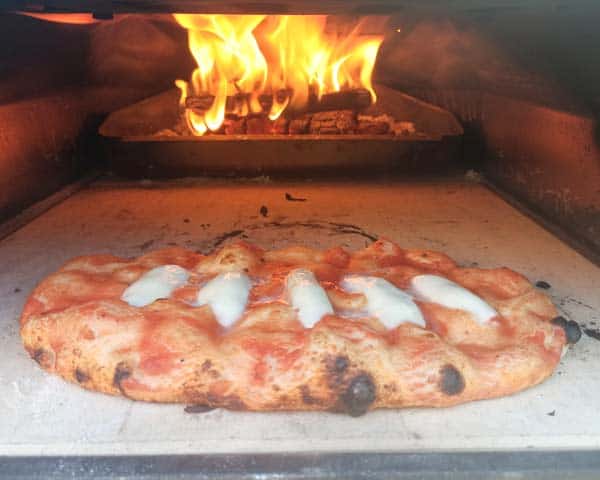
Another good option is to do it the other way round. Make pizza and then cook some focaccia as the oven is cooling down, it’s entirely up to you.
Also, if the oven has cooled down but someone’s still hungry (maybe it’s yourself), you can always cook some focaccia. The temperature is not as critical with focaccia when compared to pizza.
I’ve had good results cooking focaccia anwhere from 250C/480F to 350C/650F. If you go more towards the higher end, you should get more charring but you’ll have to watch the focaccia more carefully, as you could risk burning.
Cooking towards the lower end will generally lead to a crispier base but with less charring on top. It all depends what you’re looking for and it’s fun to experiment!
Another great thing about focaccia is that it cooks really well in a regular home oven. Since the dough cooks at a lower temperaute than Neapolitan pizza, it doesn’t need to be cooked in a pizza oven.
For a regular oven, I would recommend preheating to somewhere between 200C/480F and 275C/530F (with the fan on, if it has one). It’s probably also a good idea to use a baking stone, or at least a baking tray (upside down if needed) to cook the focaccia on.

Personally, I would lean towards the higher temperatures. This should allow us to get a nice rise on the dough without getting a base that is too dry and crispy.
Having said that, all ovens are different and you may prefer the focaccia cooked at a lower temperature. As always, I recommend experimenting to find out what works for you.
Also, be sure to check out my article on cooking pizza in a home oven here. It should give you some pointers to help with your focaccia too.
In general, focaccia will become more crispy the longer it cooks. If your focaccia is too crispy, the chances are the cooking temperature was too low. It may seem counter intuitive but the lower the temperature, the more crispy it becomes.
This is similar to the way pizza cooks. For example, New York pizza cooks at a lower temperature than Neapolitan pizza but typically turns out crispier. This is because at lower temperatures, the pizza cooks slower, which means the base is in contact with the stone for longer, leading to a crispier base.

So, if you’re ending up with really crispy focaccias, I would recommend increasing the teperature. You should probably watch it cooking more closely since it’ll be cooked sooner. However, it should turn out softer and easier to eat.
For many home ovens, it will probably be best to cook the focaccia at the highest temperature your oven will go to (usually around 260C/500F). This is similar to how I recommend cooking pizza in a home oven, but experimentation will help you to dial it in.
If you can make pizza, then you shouldn’t find focaccia pizza very difficult. In fact, I’d say it’s easier than making pizza since the shaping is more simple. Even if you’ve never made pizza before, I think you could give this recipe a try.
With that being said, let’s get into how to make focaccia pizza. Check out the recipe below.
How To Make Incredible Focaccia Pizza

Makes 4 x 10 inch focaccia pizzas.
Check out my Pizza School series here for detailed instructions on every part of the dough making process, including the recipe.
Feel free to experiment with toppings but as a starting point, you can’t go wrong with Margherita. My personal favourites are homemade pesto and homemade Bolognese (links provided below).
Not all the following utensils are required but these are what I use and they tend to make the process much easier.
Any large bowl could be used for mixing the dough but I like using the metal ones since they’re lightweight, stackable, and easy to clean.
Click here to check out metal mixing bowls like the ones I have on Amazon.

These are affordable, easy to use, and precise (accurate to 1g). I don't recommend using cups as measurements as they are inprecise.
Click here to take a look at the type of digital scales I use on Amazon.
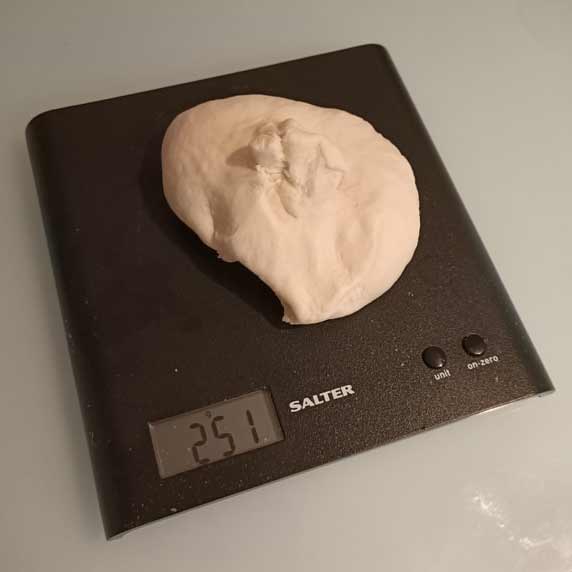
These kitchen scales are accurate to 0.01g and are perfect for measuring the tiny amounts of yeast needed for long proves.
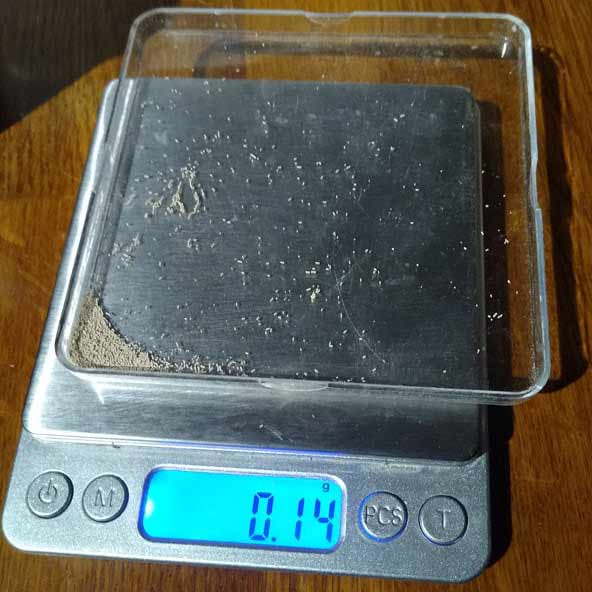
Pizza proofing boxes are an excellent investment. They are airtight and they make taking the dough out for shaping very easy.
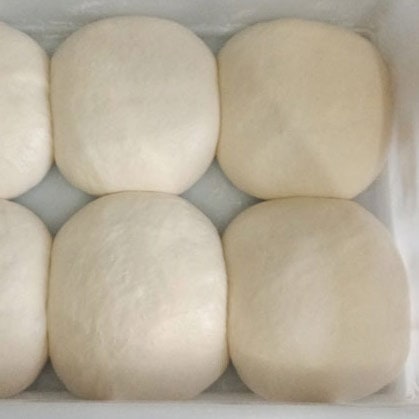
An infrared thermometer allows you to instantly check the temperature of the stone, ensuring it is within the ideal range.
Click here to check out a pizza peel similar to the one I use on Amazon.
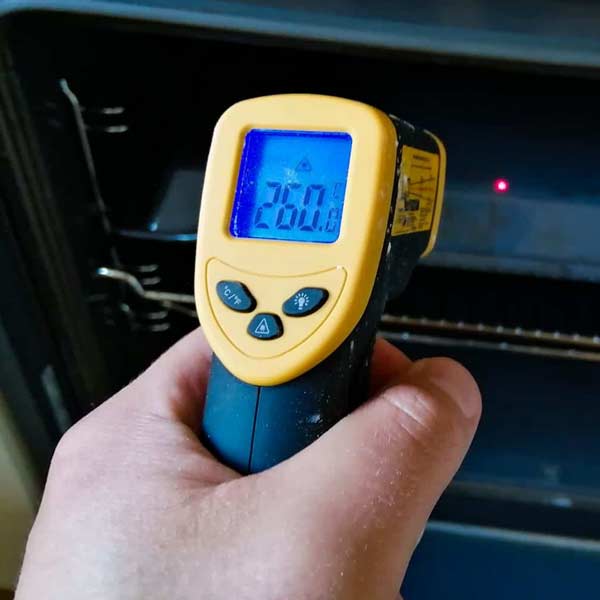
A 12 inch peel is ideal for Neapolitan pizza and makes loading and removing your pizza from the oven really easy.
Click here to check out a pizza peel similar to the one I use on Amazon.

A turning peel is designed for rotating the pizza during cooking. If you're using a pizza oven it should lead to a superior and more even cook.
Click here to check out a pizza peel similar to the one I use on Amazon.
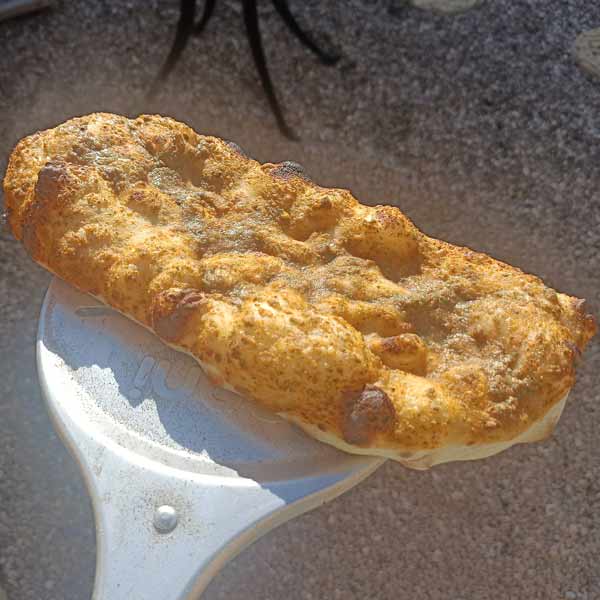
A pizza oven is guarenteed to take your pizzas to the next level. I have an Ooni Karu 16 which reaches 500C/930F and cooks pizza in as little as 60 seconds! A regular oven simply cannot match the cook of a pizza oven. I love my Ooni!
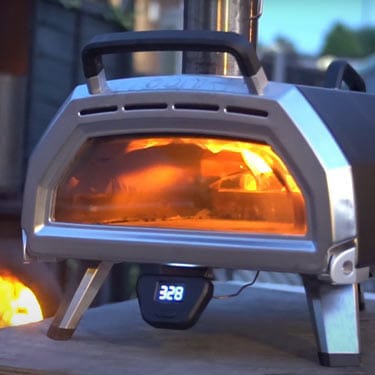
Check out my Pizza School series here for detailed instructions on every part of the dough making process.
Check out the links below for detailed instructions on each type of topping.
Directions for shaping/cooking:
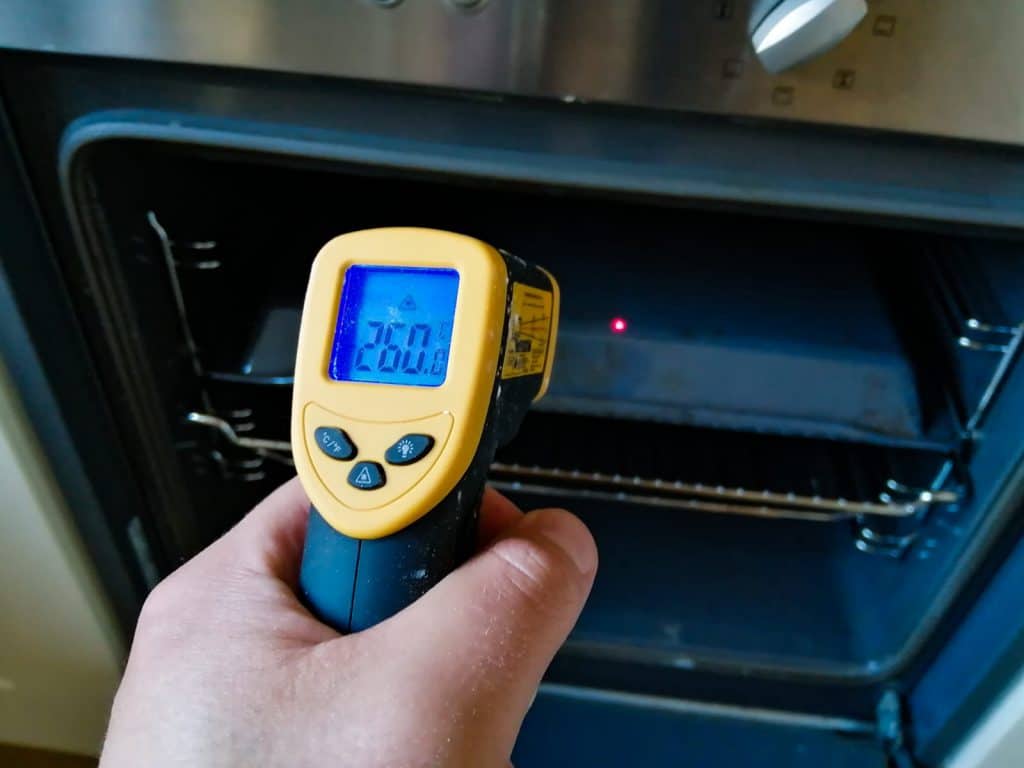
With a regular home oven, it’s probably a good idea to turn the oven to full temperature. I’ve provided a link to a laser thermometer on Amazon below.

You can trim the loose bits off with a dough scraper or a knife

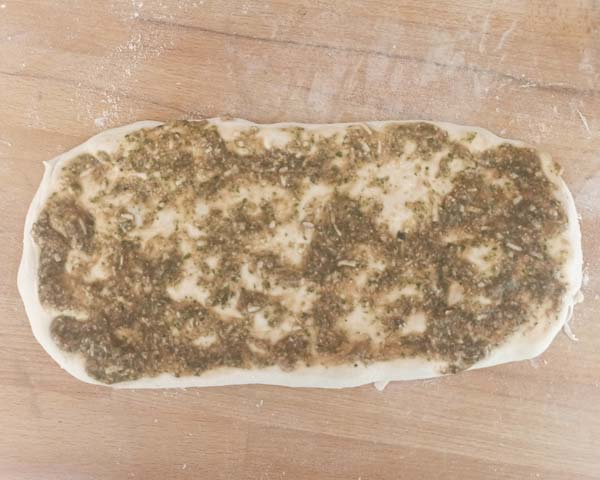
I used my homemade pesto recipe for this one

Loading onto the edge of the peel allows for easier launching. In my view, a pizza peel is a must for any pizza chef! I’ve provided a link to one on Amazon below.

Cooking in my Ooni pizza oven – I find a position further from the flames helps with the cook


I think this recipe makes a nice change from your normal pizza. It’s a great one to make for guests too, they probably won’t have tried anything like it before.
Focaccia pizza also cooks really well in a regular oven so it’s a great option if you don’t have a pizza oven (or you don’t feel like firing it up!). And it’s a brilliant way to use leftovers, you could make some as your pizza oven is cooling or save it for another day.
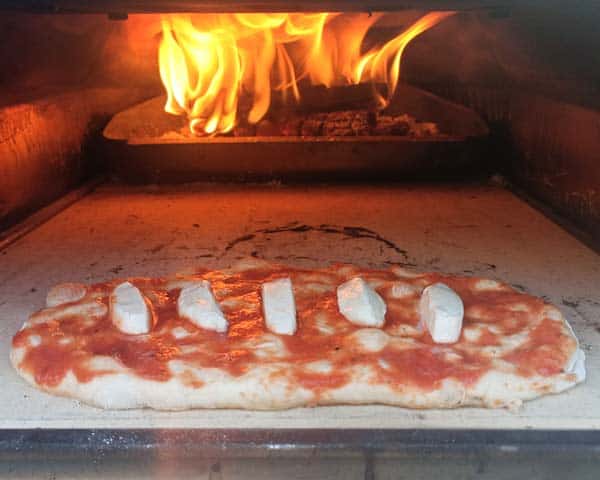
A delicious alternative to pizza!
It’s very versatile so feel free to experiment with different toppings and cooking temperatures. Also, you could always just top it with some olive oil and enjoy it plain, it would be an excellent accompaniment to pasta.
I hope you enjoy giving the recipe a go. If you have any questions, leave them in the comments below and I’ll try to help out. Good luck!

I’m Tom Rothwell and I’m super passionate about all kinds of homemade pizza! In the last few years I've been on a quest to find the perfect pizza. Now I'm sharing what I've found out with the world!
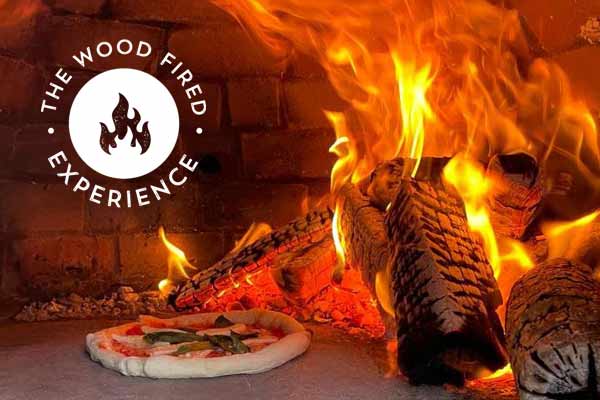
If you're interested in hiring me for your event in the UK, feel free to check out my website with the link below.
Pizza Catering

I often get asked what type of oven I use for my pizzas. Well, I use a pizza oven made by a company called Ooni.
The range of pizza ovens that Ooni offers is just brilliant. They cover all bases, and all price points. There's affordable and portable models such as the Fyra 12 Pizza Oven and then there's state-of-the-art models such as the Karu 16 Pizza Oven pictured below.
In all honesty, I would say that the oven makes a huge difference. If you're looking to make authentic Italian pizza, a pizza oven is a must.
By clicking the link below and purchasing from Ooni, you would be supporting this website. I've been using their ovens for a long time now and I wouldn't recommend them if I didn't believe in their products.
Time to make some amazing pizza!

I’m Tom Rothwell and I’m super passionate about all kinds of homemade pizza! In the last few years I've been on a quest to find the perfect pizza. Now I'm sharing what I've found out with the world!

If you're interested in hiring me for your event in the UK, feel free to check out my website with the link below.
Pizza Catering